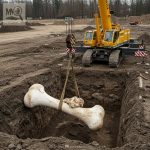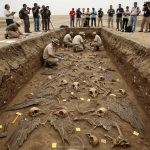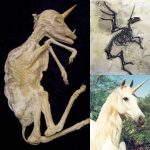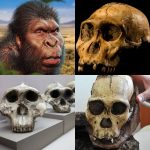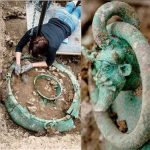A New Dawn in Ancient History: Groundbreaking Discoveries Rewrite the Past
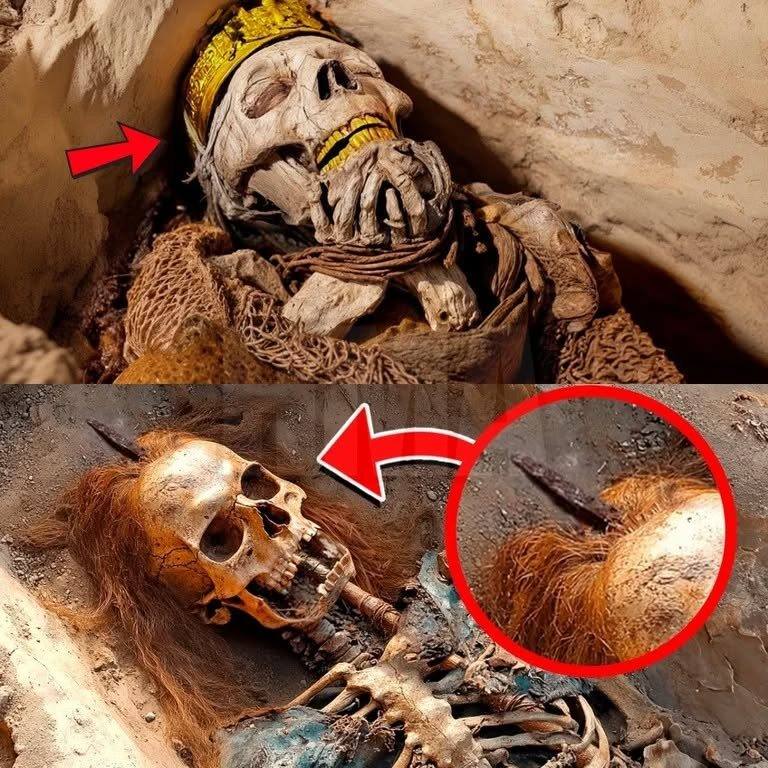
History is not static. Each year, new discoveries, artifacts, and analyses reshape our understanding of ancient civilizations, offering glimpses into lives, cultures, and technologies previously lost to time. In recent years, a wave of groundbreaking findings has challenged long-held assumptions, unveiling astonishing truths that force historians, archaeologists, and the public alike to reconsider the very foundations of human history.
Unlocking Hidden Chapters
From remote burial sites in Mesolithic Europe to hidden tombs beneath Central American pyramids, each revelation provides tangible evidence that the past is far richer and more complex than textbooks suggest. These discoveries include ceremonial burials, rare artifacts, and skeletal remains that reveal unexpected physical traits, societal hierarchies, and ritualistic practices. Each find adds a new layer of understanding, illuminating the sophistication, spirituality, and ingenuity of ancient peoples.
For example, meticulously preserved burials provide insight into social structures and belief systems, while architectural marvels demonstrate advanced engineering and artistic skill. Such findings challenge outdated perceptions of ancient societies as primitive or isolated, instead highlighting global interconnections, trade, and innovation.
The Intersection of Myth and Reality

Recent discoveries blur the line between myth and reality, reminding us that legends may contain kernels of historical truth. From elongated skulls in Egypt to mysterious skeletal remains in remote regions, artifacts often echo ancient storytelling, religious iconography, or symbolic narratives. These finds compel researchers to investigate not only material evidence but also the cultural context in which myths arose, enriching our understanding of human imagination and belief.
Furthermore, unexpected anomalies—whether in skeletal remains, artifacts, or ancient inscriptions—invite questions about previously unconsidered possibilities. Could these findings indicate lost civilizations, unknown technologies, or interactions that have been erased from historical records? While many theories remain speculative, each discovery challenges scholars to remain open-minded, rigorously investigating the evidence while acknowledging its broader implications.
Shaping Modern Understanding
The significance of these discoveries extends beyond academic circles. They influence public perception of history, inspire new archaeological projects, and encourage educational initiatives that promote awareness of humanity’s deep past. By revisiting assumptions, scientists can reconstruct timelines, identify cultural influences, and reassess how civilizations evolved, interacted, and influenced one another across millennia.
Moreover, the discoveries serve as a reminder of human resilience, creativity, and curiosity. Whether examining ancient tools, ceremonial objects, or monumental structures, we gain insight into the lives, aspirations, and achievements of our ancestors. These findings highlight that history is not only about events but also about understanding human experience and cultural legacy.
Conclusion
A new dawn in ancient history is upon us. Groundbreaking discoveries continue to unlock hidden chapters, revealing truths that challenge everything we once believed about the past. From sacred tombs and rare artifacts to skeletal remains and mythological parallels, each revelation reshapes our understanding of ancient civilizations. History is no longer a fixed narrative—it is an evolving story, waiting to be uncovered and reinterpreted with each new discovery. As researchers and enthusiasts explore these remarkable finds, we are reminded that the truth has always been waiting beneath the surface, ready to rewrite history and inspire wonder in generations to come.



